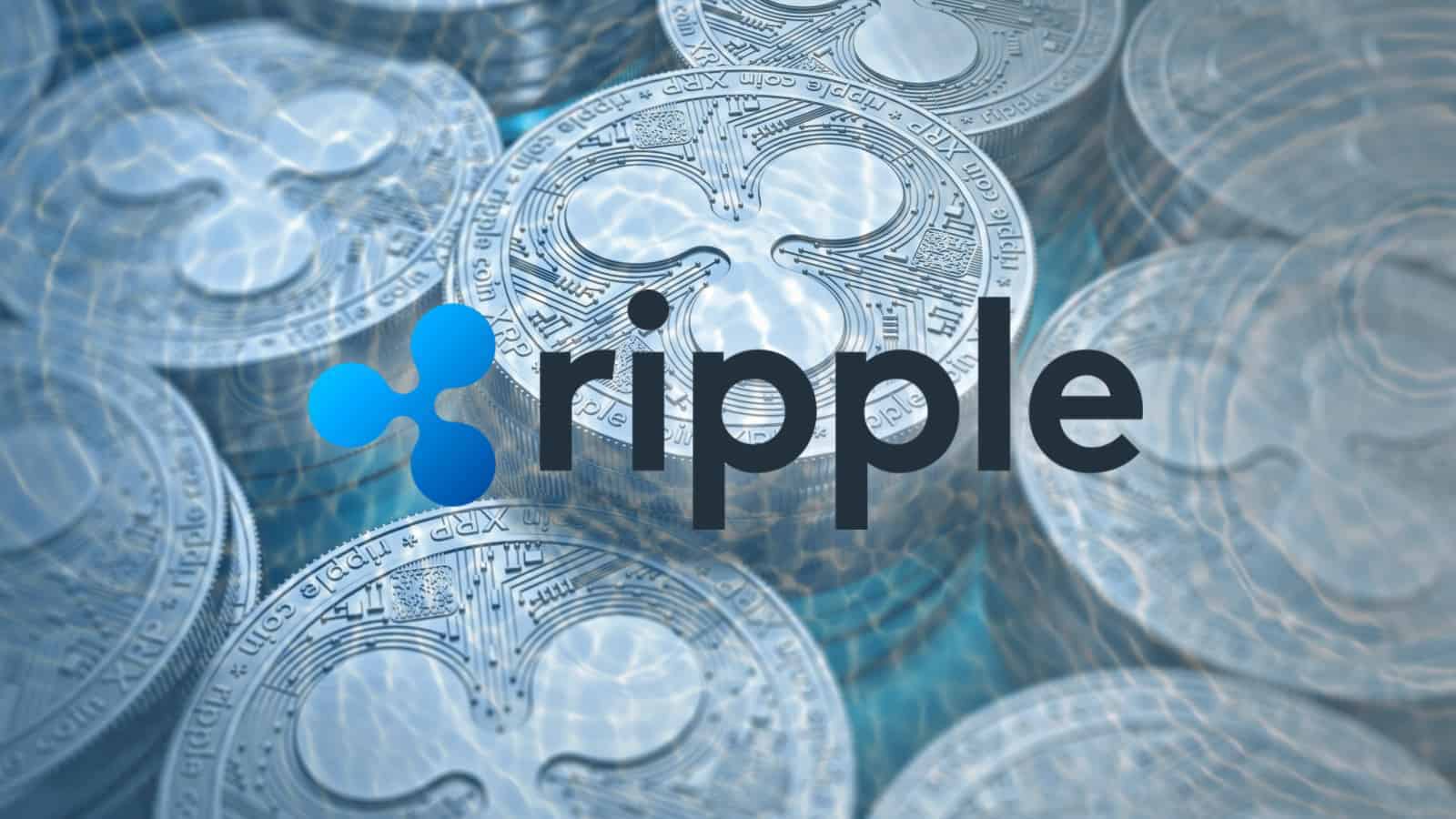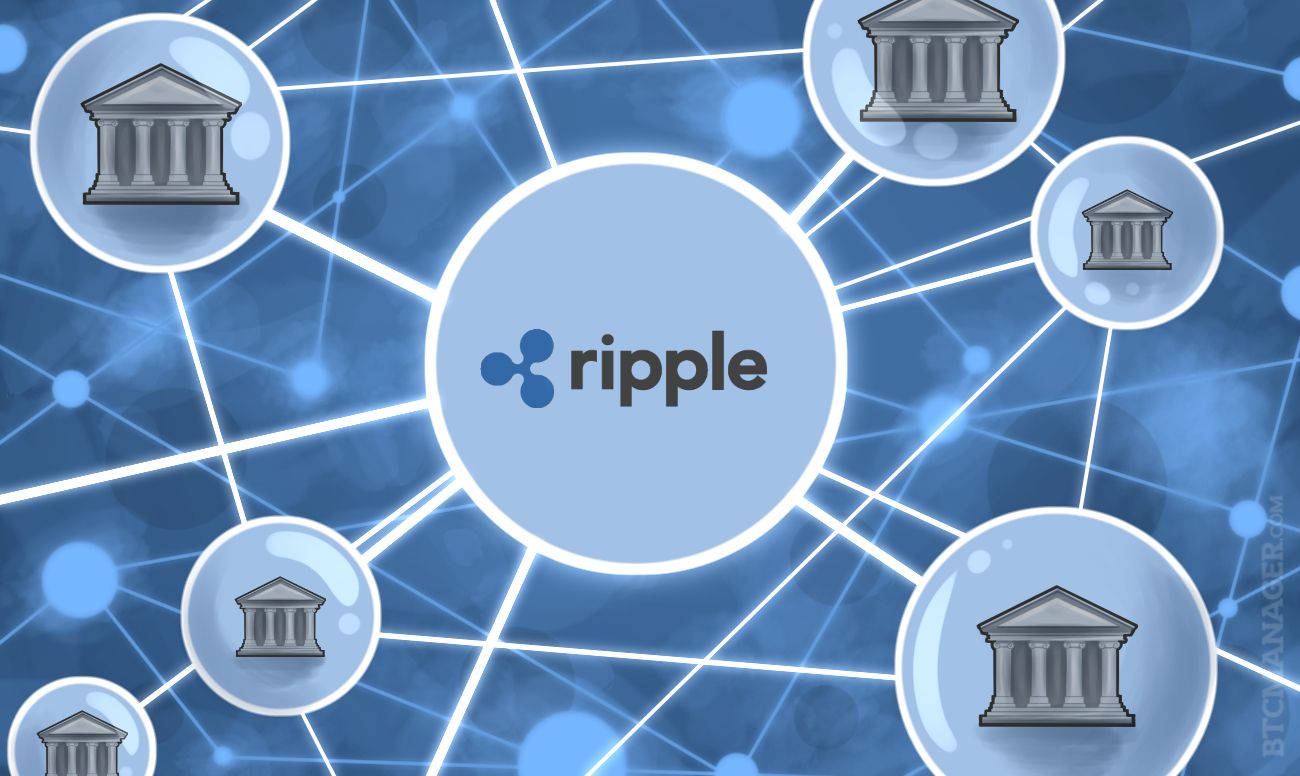Ripple and XRP: Ripple Xrp

Ripple and XRP are two distinct but interconnected entities that play a significant role in the world of blockchain and digital assets. Understanding their individual functions and their relationship is crucial to grasping their impact on the financial landscape.
History of Ripple and Development of XRP
Ripple, the company, was founded in 2011 by Jed McCaleb and Chris Larsen. The initial goal was to create a faster and more efficient way for financial institutions to transfer money across borders. In 2012, Ripple introduced XRP, a digital asset designed to facilitate these transactions.
Technology Behind XRP
XRP operates on a decentralized, open-source network called the XRP Ledger. This ledger uses a unique consensus mechanism called the “XRP Consensus Ledger” (XCL), which allows for fast and efficient transactions.
Use Cases and Advantages of XRP
XRP offers several advantages over traditional financial systems, making it attractive for various use cases:
Cross-Border Payments
XRP facilitates fast and low-cost cross-border payments, eliminating the need for intermediaries and reducing transaction times.
Global Remittances
XRP enables faster and more cost-effective remittances, benefiting individuals sending money to loved ones abroad.
Micropayments
XRP’s low transaction fees make it suitable for micropayments, enabling smaller, frequent transactions.
Financial Institutions
XRP provides a secure and efficient way for financial institutions to settle transactions and manage liquidity.
Comparison with Bitcoin and Ethereum
XRP differs from other cryptocurrencies like Bitcoin and Ethereum in several key aspects:
Transaction Speed
XRP transactions are significantly faster than Bitcoin and Ethereum, with confirmation times measured in seconds.
Scalability
XRP’s ledger can handle a large volume of transactions per second, making it highly scalable.
Energy Efficiency
XRP’s consensus mechanism requires minimal energy consumption compared to Bitcoin’s proof-of-work system.
Centralization
While XRP operates on a decentralized ledger, Ripple, the company, holds a significant amount of XRP, which has raised concerns about centralization.
Key Features of XRP
XRP has several key features that contribute to its functionality and appeal:
Speed
XRP transactions are processed within seconds, making it one of the fastest cryptocurrencies.
Cost-Effectiveness
Transaction fees for XRP are typically very low, making it a cost-effective solution for various use cases.
Security
The XRP Ledger utilizes advanced cryptographic techniques to ensure the security of transactions.
Liquidity
XRP has high liquidity, meaning it can be easily bought and sold on various exchanges.
Decentralization
While Ripple, the company, holds a significant amount of XRP, the XRP Ledger itself is decentralized, with no single entity controlling the network.
The Future of Ripple and XRP

The future of Ripple and XRP is a topic of considerable interest, particularly as the cryptocurrency landscape continues to evolve. XRP’s potential to become a widely adopted global currency, the regulatory landscape surrounding it, and ongoing developments within the Ripple ecosystem all play significant roles in shaping its future trajectory.
XRP’s Potential as a Global Currency
The potential for XRP to become a widely adopted global currency hinges on several key factors. These include its speed, cost-effectiveness, and scalability, all of which are essential for facilitating cross-border payments.
XRP’s unique design allows for fast and inexpensive transactions, potentially making it a compelling alternative to traditional financial systems. Moreover, its decentralized nature could foster greater financial inclusion by providing access to financial services for individuals and businesses that might otherwise be excluded.
Regulatory Landscape and its Impact, Ripple xrp
The regulatory landscape surrounding XRP is a critical factor in its future. Regulatory clarity and acceptance are essential for Ripple to gain mainstream adoption and for XRP to flourish as a global currency.
Regulatory bodies around the world are still grappling with the implications of cryptocurrencies, and the legal classification of XRP remains a subject of ongoing debate. The outcome of these regulatory efforts will have a significant impact on Ripple’s future and the adoption of XRP.
Developments and Innovations within the Ripple Ecosystem
The Ripple ecosystem is continuously evolving with new developments and innovations. These advancements aim to enhance XRP’s functionality and broaden its appeal.
For instance, Ripple is actively developing new solutions for institutions and businesses, such as its On-Demand Liquidity (ODL) product, which enables cross-border payments without pre-funding. These innovations are crucial for expanding XRP’s reach and establishing its role in the global financial system.
Ripple XRP, a cryptocurrency designed for cross-border payments, has gained traction for its speed and efficiency. Imagine a time when communication was as swift as XRP transactions, a time when the iconic vintage telephone table with chair held the key to instant connection.
Just as that vintage table represented a bygone era of instant communication, XRP aims to usher in a new era of seamless global transactions, revolutionizing the way we exchange value.
Ripple XRP, like a celestial body, orbits the financial world, facilitating cross-border transactions with its lightning-fast speed. But even in this dynamic realm, comfort is key. Imagine settling into a plush, oversized chair cover gray , as you monitor the fluctuating values of XRP, feeling a sense of calm amidst the volatility.
Much like the chair cover provides a soft embrace, Ripple XRP aims to bring a sense of ease and security to the complex world of finance.
